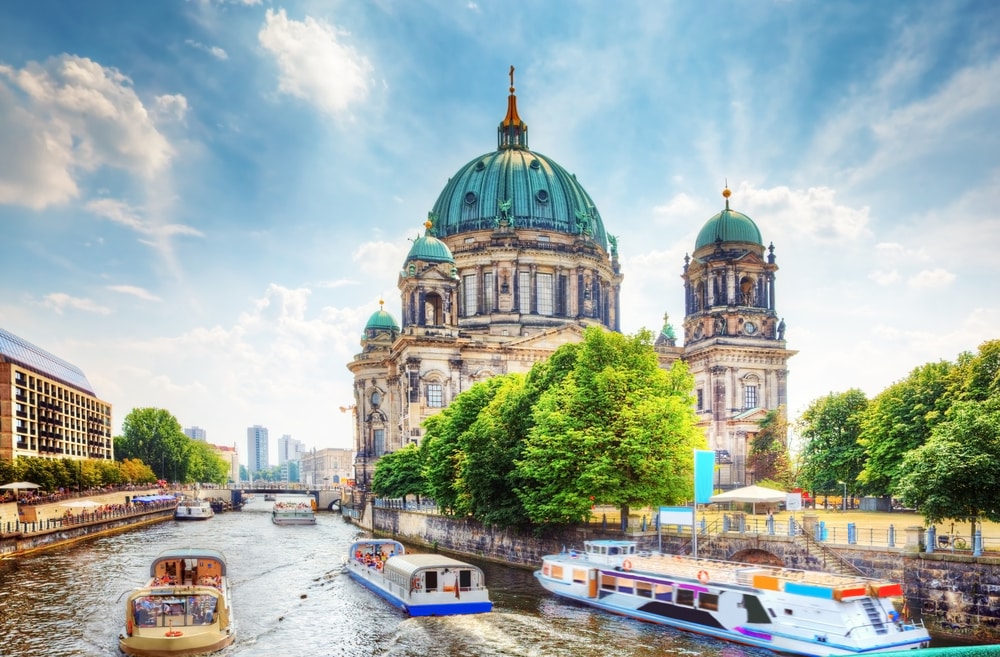
Are you dreaming of a city trip but don’t feel like taking a long flight? The largest cities in Germany have a lot to offer and can be easily reached by train. A currywurst in Berlin, a fish sandwich in Hamburg or an Altbier in Düsseldorf, let yourself be inspired.
Berlin – capital with an eventful history
The German capital is always worth a visit. There is constant construction going on here and hardly any other city has changed so much in recent years. In addition to the classic sights such as the Reichstag, the Brandenburg Gate or Alexanderplatz, a visit to the newly built city palace, which houses various exhibitions, is worthwhile. History buffs will get their money’s worth in the East Side Gallery or on Museum Island. A successful mix of shops, culture and nightlife can be found in the Hackesche Höfe and on the Hackescher Markt.
Hamburg – the Nordic pearl
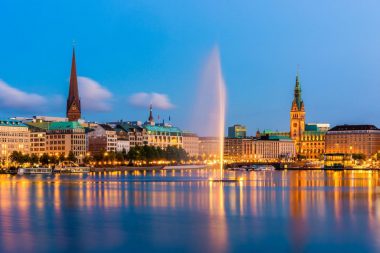
In the port of Hamburg, with its view of huge container ships and luxurious cruise ships, visitors get to feel the flair of the big wide world. Even if you are only in the Hanseatic city of Hamburg for a day, you should not miss a harbor tour and a tour of the Speicherstadt, which is a World Heritage Site. At the fish market, market criers sell their products with rough charm. In the evening, a trip to the Reeperbahn, the most sinful mile in the world, is worthwhile. If you have more time, you can take a whole trip around the world in Hamburg – in Miniatur Wunderland.
Munich – much more than the Oktoberfest

When you think of the Bavarian capital, the first thing that comes to mind is men in lederhosen with a wheat beer in the Hofbräuhaus. But in addition to the Oktoberfest, the largest folk festival in the world, and the numerous beer gardens, Munich offers much more. Castles and palaces such as Nymphenburg Palace invite you to travel back in time and art lovers get their money’s worth in the versatile museums. There is an impressive range of products from technology in the Deutsches Museum to classical art in the Alte Pinakothek. Not to be missed is the old town with Marienplatz and the Frauenkirche. Munich is worth a visit during the Christmas season, when the Christmas market takes place there and everything is festively illuminated.
Cologne – welcome to the cathedral city

If you visit Cologne by train and leave the main station, you will immediately see the cathedral, a masterpiece of Gothic architecture and the highlight of the city. Visitors interested in the city’s history head to the nearby Romano-Germanic Museum, which showcases finds from Roman times to the early Middle Ages. Not to be missed is a walk along the Rhine and a visit to the Chocolate Museum. A real insider tip is the Melaten Cemetery with its imposing monuments and impressive parks. The city shows a completely different face at carnival. Millions of people celebrate from Weiberfastnacht to Violet Tuesday in colorful costumes.
Frankfurt – between skyline and historic old town
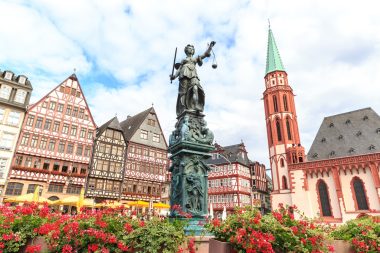
Frankfurt am Main is a city of contrasts. As soon as you arrive, the impressive skyline with the glittering high-rise facades catches the eye. In addition, the metropolis on the Main has historical sights. The Römer, Frankfurt’s town hall with its pretty Kaisersaal, is one of the most beautiful and oldest in Germany. In the New Old Town, parts of what was once Germany’s largest medieval old town were reconstructed by 2018. St. Paul’s Church, where the National Assembly created the first democratic constitution for Germany , can be visited today. A visit to the city is particularly worthwhile in October, when the annual book fair takes place.
Stuttgart – Cars and vineyards
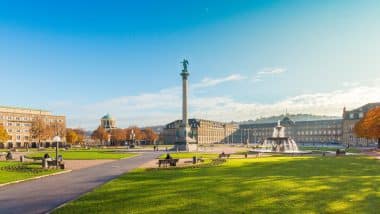
Stuttgart is an important business location, shaped by the automobile companies Porsche and Mercedes-Benz. Nevertheless, the state capital of Baden-Württemberg is surprisingly green. In addition to vineyards and valleys, the Schlossgarten and the Hohenheim Gardens invite you to linger. The Wilhelma, zoo and botanical garden in one, is also an oasis in the city. The city is popular with architecture enthusiasts. The city library, which turns into a blue light sculpture at night, is one of the most beautiful libraries in the world. The Weissenhof Estate, which was built in the 1920s, is a blueprint for functional living. An excellent view over the city can be enjoyed from the viewing platform of the TV tower. In good weather, you can see the Swabian Alb from here.
Düsseldorf – Fashion and the longest bar in the world
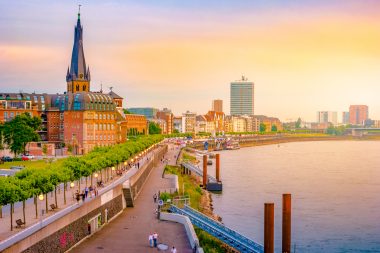
Hardly any other city is as versatile as Düsseldorf. Here, the rich and beautiful stroll along Königsallee, party people celebrate in the old town at the longest bar in the world and music fans enjoy concerts in the Tonhalle or the Opera House. Each of the 50 districts has its own charm. You should not miss the Media Harbour, designed by renowned architects, and the Japanese quarter around Immermannstraße.
Dortmund – a football capital
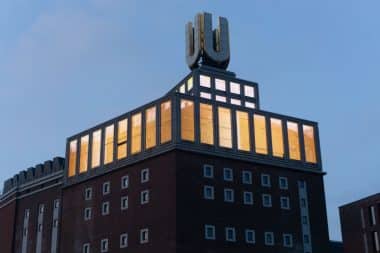
Football characterises this city in the Ruhr area. At every BVB home game, it turns into a sea of yellow and black. Fans of other teams can also enjoy the German Football Museum. But Dortmund has more to offer. A piece of industrial history can be visited, for example, in the Zollern colliery. Many buildings have been extensively restored here and the view from the winding tower is unique. The creative heart of the city beats in the Dortmunder U. In addition to the Ostwall Museum, there is a restaurant and a club here. Dortmund is greener than the city’s reputation suggests. Nature lovers will get their money’s worth on a hike along the Ruhr or on an excursion to the Phoenix Lake.

